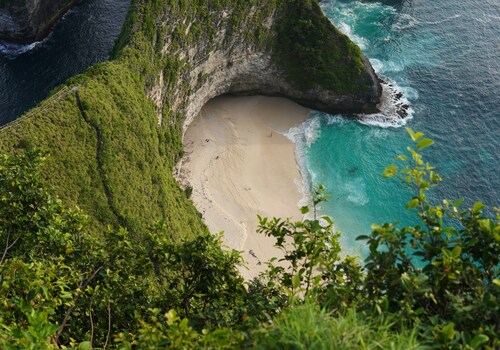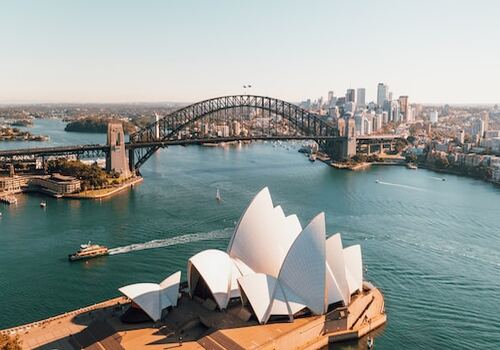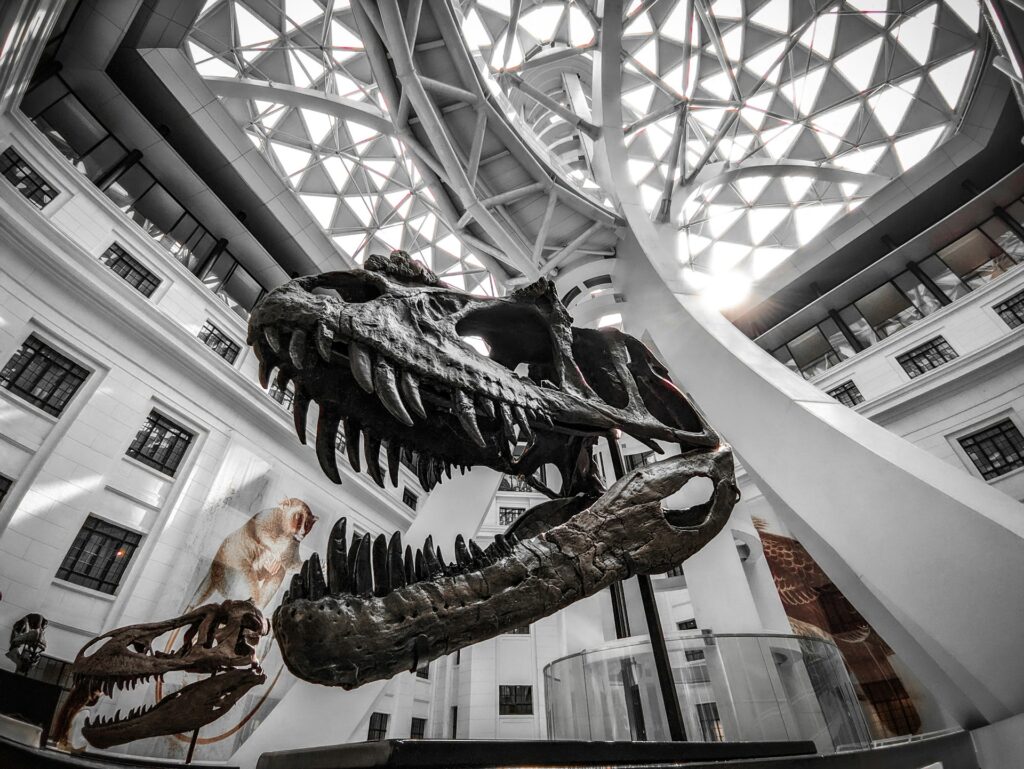
The Philippines is a vibrant tapestry of cultures, histories, and traditions, all woven together by its rich heritage.
With over 7,000 islands, each with its own unique stories and influences, museums play a crucial role in preserving and showcasing this diverse cultural landscape.
From the ancient artifacts of indigenous peoples to contemporary art that reflects the country’s modern identity, the museums in the Philippines offer a fascinating glimpse into the nation’s past and present.
Visitors will find an array of museums, each providing a different perspective on Filipino culture, history, and art.
Whether you’re wandering through the grand halls of the National Museum Complex in Manila or exploring the interactive exhibits at the Mind Museum in Taguig, there’s something for everyone to discover.
These institutions not only educate but also inspire curiosity about the Philippines and its people.
In this post, we’ll delve into some of the top museums to visit, unique cultural spaces, and essential tips for making the most of your museum experience in this beautiful archipelago.
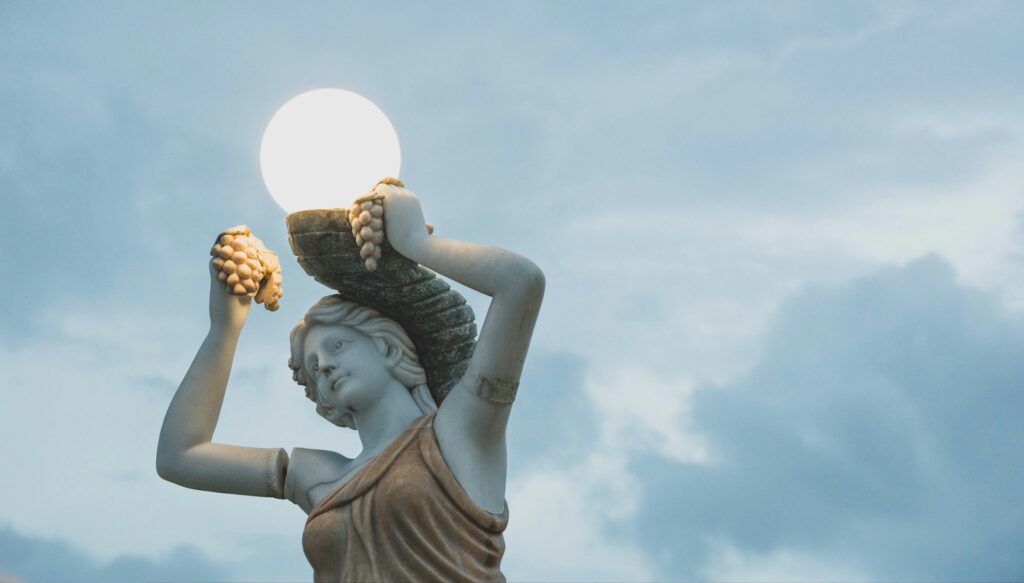
Top Museums to Visit in the Philippines
National Museum of Fine Arts
Cost: Free
Location: Manila
As part of the National Museum Complex in the heart of Metro Manila, the National Museum of Fine Arts is one of the famous museums in the area, housing an extensive collection of Filipino art.
Visitors can admire works by renowned Filipino painters, including Fernando Amorsolo, whose paintings of rural scenes, portraits, and historical pieces are highlights.
A must-see is the iconic Spoliarium by Juan Luna, along with other significant works that showcase the evolution of visual arts in the Philippines.
National Museum of Anthropology
Cost: Free
Location: Manila
Also part of the National Museum Complex, the National Museum of Anthropology is located in the main building and offers a deep dive into the diverse cultures of the Philippines.
This museum is particularly notable for its collection of traditional Filipino musical instruments, including those from various indigenous groups, such as gongs, flutes, and the kudyapi (a traditional lute).
It’s an excellent spot for international visitors to explore the musical heritage and rich cultural diversity of the country, providing insights into the traditional lifestyles and art forms of different ethnic communities.
National Museum of Natural History
Cost: Free
Location: Manila
The National Museum of Natural History, another key part of the National Museum Complex, showcases the biodiversity of the Philippines, with exhibits on native flora and fauna, ecosystems, and conservation efforts.
Located in the main building, visitors can learn about the unique natural resources of the country and the significance of preserving them.
Through detailed displays, the museum brings the country’s diverse natural environments to life, making it a must-visit for anyone, including international visitors, interested in the Philippine landscape and wildlife.
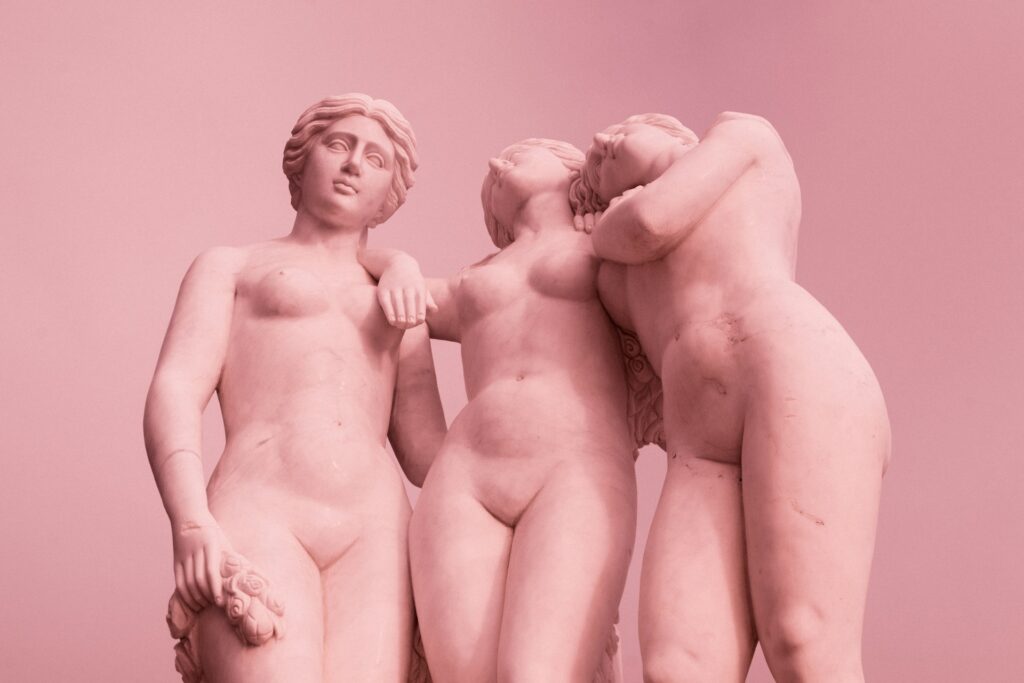
Metropolitan Museum of Manila
Cost: PHP 100 (approximately $1.80)
Location: Manila
The Metropolitan Museum of Manila showcases contemporary Filipino and international art, with a focus on modern and avant-garde works.
Its permanent collection features a wide range of media, including paintings, sculptures, and installations.
The museum is also known for its efforts to make art more accessible to the public through various educational programs and workshops.
Visitors can immerse themselves in the evolving art scene of the Philippines while enjoying rotating exhibits that highlight both local and global talent.
Ayala Museum
Cost: PHP 425 (approximately $7.50)
Location: Makati
Situated in Makati, the Ayala Museum offers a modern approach to Filipino culture, history, and art.
It features captivating dioramas that depict Philippine history and a vast collection of pre-colonial gold artifacts.
The museum often hosts contemporary art exhibitions, making it a dynamic destination for art lovers and history enthusiasts alike.
Its dedication to fostering public appreciation of works of art contributes to its reputation as a leading cultural institution in the Philippines.
The Mind Museum
Cost: PHP 800 (approximately $14.30)
Location: Taguig
The Mind Museum, located in Bonifacio Global City (Taguig), is an interactive science museum ideal for families and curious minds.
Visitors come to explore over 250 interactive exhibits covering various scientific fields, including physics, biology, and natural sciences.
It provides a fun and engaging learning experience for all ages, making science accessible and enjoyable for everyone.
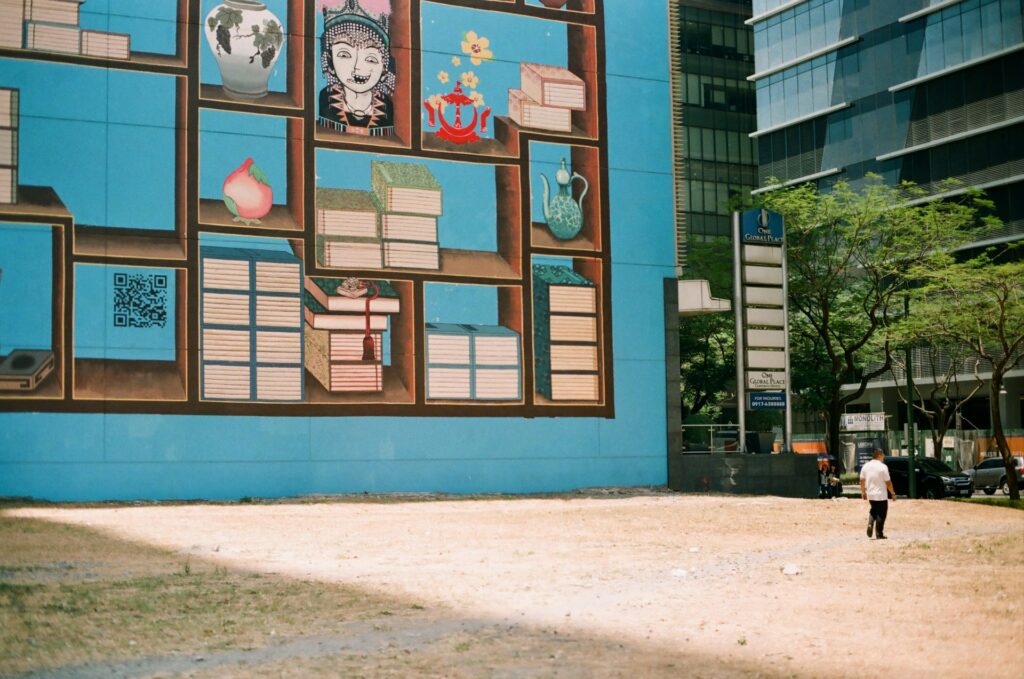
Casa Manila
Cost: PHP 75 (approximately $1.30)
Location: Intramuros, Manila
Casa Manila, found in the historic district of Intramuros, is a replica of a Spanish colonial house that showcases the lifestyle of the Filipino elite during the colonial period, particularly in the 19th century.
Visitors enjoy exploring beautifully restored interiors featuring period furniture and decor, providing a glimpse into the country’s colonial past.
Bahay Tsinoy
Cost: PHP 100 (approximately $1.80)
Location: Binondo, Manila
Located in Binondo, Bahay Tsinoy focuses on the rich history of the Chinese community in the Philippines.
This cultural institution highlights the contributions of the Chinese to Filipino society through exhibits that include artifacts, photographs, and documents.
Museum of Philippine Political History
Cost: Free
Location: Manila
Located in Manila, the Museum of Philippine Political History showcases the evolution of the Philippine government through artifacts, documents, and exhibits.
It is a must-visit for those interested in understanding how 19th-century events shaped the country’s political landscape.
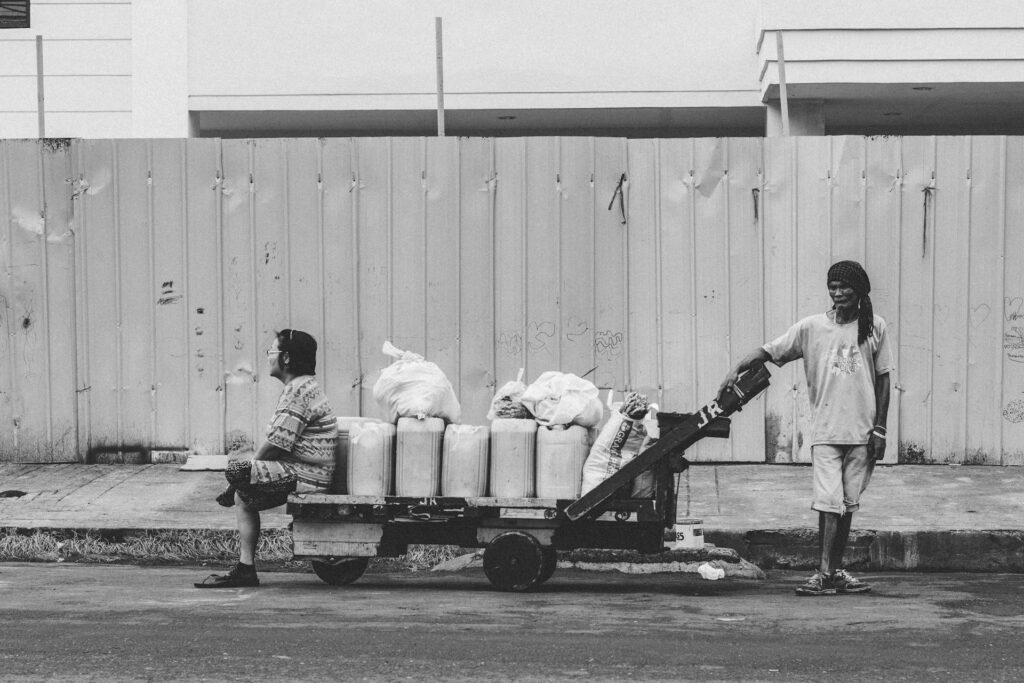
Coconut Palace
Cost: Varies
Location: Pasay City
The Coconut Palace, located in Pasay City, features stunning architecture and beautiful gardens.
Art enthusiasts are drawn to this unique structure, which houses various works of visual arts by Filipino artists.
Ateneo Art Gallery
Cost: Free (with some special exhibitions that may have fees)
Location: Quezon City
The Ateneo Art Gallery, located within the Ateneo de Manila University, is the first university museum of modern art in the Philippines.
As part of the cultural institutions in Metro Manila, it houses an impressive collection of contemporary Philippine art and important works by both Filipino and international artists.
Visitors can explore various exhibitions, including paintings, sculptures, and mixed media, showcasing the evolution of visual arts in the Philippines.
The gallery is a significant destination for art enthusiasts and serves as a platform for promoting artistic dialogue and appreciation among students and the general public.
The Negros Museum
Cost: PHP 100 (approximately $1.80)
Location: Bacolod City
The Negros Museum, located in Bacolod City, serves as a cultural institution that focuses on the rich history and heritage of Negros Occidental.
Visitors can explore exhibits featuring artifacts related to the sugar industry, which has significantly shaped the region’s economy and culture.
The museum also highlights the arts and traditions of the local communities through various collections, including historical photographs and contemporary artworks.
As one of the famous museums in Bacolod City, it provides a deeper understanding of the local identity and is a must-visit for both residents and international visitors interested in the cultural landscape of the Philippines.
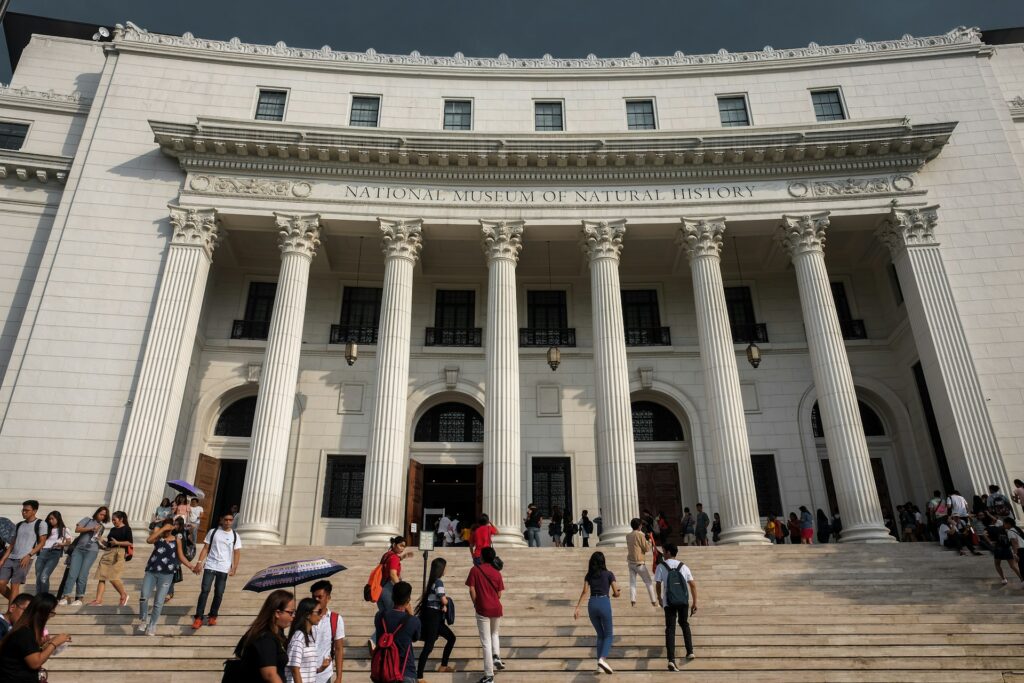
Unique Museums to Explore
The Chocolate Museum
Cost: PHP 500 (approximately $8.90)
Location: Cebu
The Chocolate Museum in Cebu is a whimsical tribute to the beloved cacao plant and its role in Filipino culture.
Visitors can enjoy interactive exhibits that showcase the history of chocolate in the Philippines, learn about cacao farming, and even participate in chocolate-making workshops.
The museum’s vibrant and playful atmosphere makes it a hit among families and chocolate lovers.
The Philippine National Police Museum
Cost: Free
Location: Camp Crame, Quezon City
Located within the Philippine National Police headquarters, this museum offers a unique insight into the history and functions of the police force in the country.
Exhibits include historical memorabilia, uniforms, and equipment used by law enforcement over the years.
Visitors come to understand the evolution of policing in the Philippines and appreciate the dedication of those who serve.
Pinto Art Museum
Cost: PHP 250 (approximately $4.50)
Location: Antipolo
Pinto Art Museum is an art museum located in Antipolo, known for its stunning collection of contemporary Filipino art.
Visitors are drawn to its picturesque grounds, featuring beautiful gardens and unique outdoor sculptures.
The museum showcases works from various Filipino artists, providing an immersive experience in the local art scene.
It also features spaces for temporary exhibitions, making each visit unique.
San Agustin Museum
Cost: PHP 200 (approximately $3.60)
Location: Intramuros, Manila
Housed in the historic San Agustin Church, the San Agustin Museum features a collection of religious artifacts, including statues, vestments, and paintings that reflect the history of the church and its role in Philippine society.
Visitors come to appreciate the art and architecture of the Spanish colonial period and learn about the rich heritage of the Catholic Church in the Philippines.
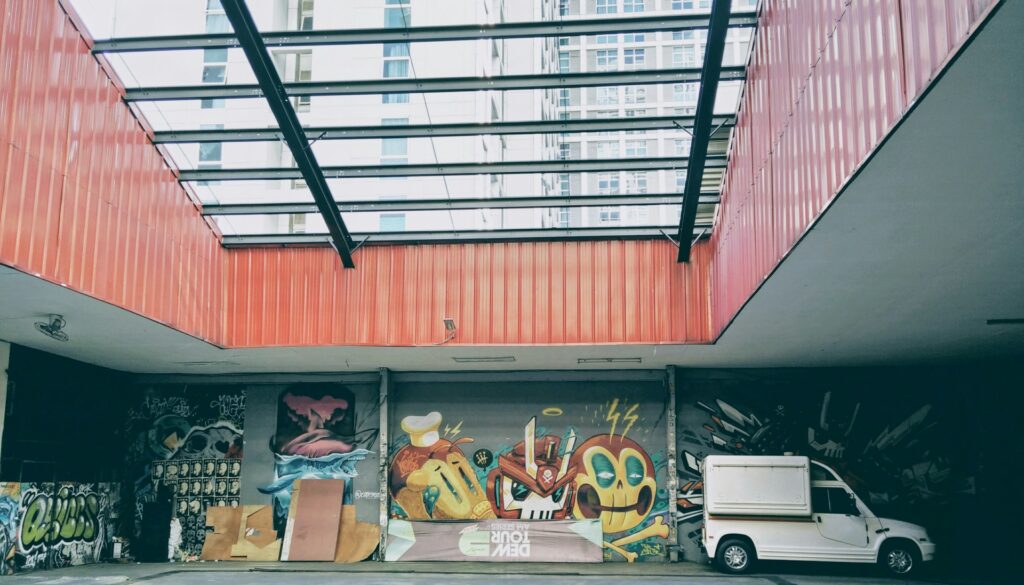
Philippine Science Centrum
Cost: PHP 150 (approximately $2.70)
Location: Pasig City
The Philippine Science Centrum in Pasig City is an interactive science museum that offers engaging exhibits on various scientific topics, including physics, biology, and astronomy.
Visitors can participate in hands-on experiments and demonstrations, making it a perfect destination for families and school groups looking to spark curiosity about science.
The Marikina Shoe Museum
Cost: PHP 50 (approximately $0.90)
Location: Marikina City
The Marikina Shoe Museum showcases the rich history of shoemaking in the Philippines, highlighting the craftsmanship of local artisans.
Visitors are fascinated by the impressive collection of shoes, including pairs worn by former First Lady Imelda Marcos.
The museum offers a unique look at the artistry and culture surrounding footwear in the Philippines.
The Museum of Broken Relationships
Cost: PHP 100 (approximately $1.80)
Location: Quezon City
A one-of-a-kind museum dedicated to the stories of love and heartbreak, the Museum of Broken Relationships features personal artifacts donated by people who share their stories of lost love.
Visitors come to reflect on the complexities of relationships and appreciate the emotional narratives behind each item, creating a poignant and relatable experience.
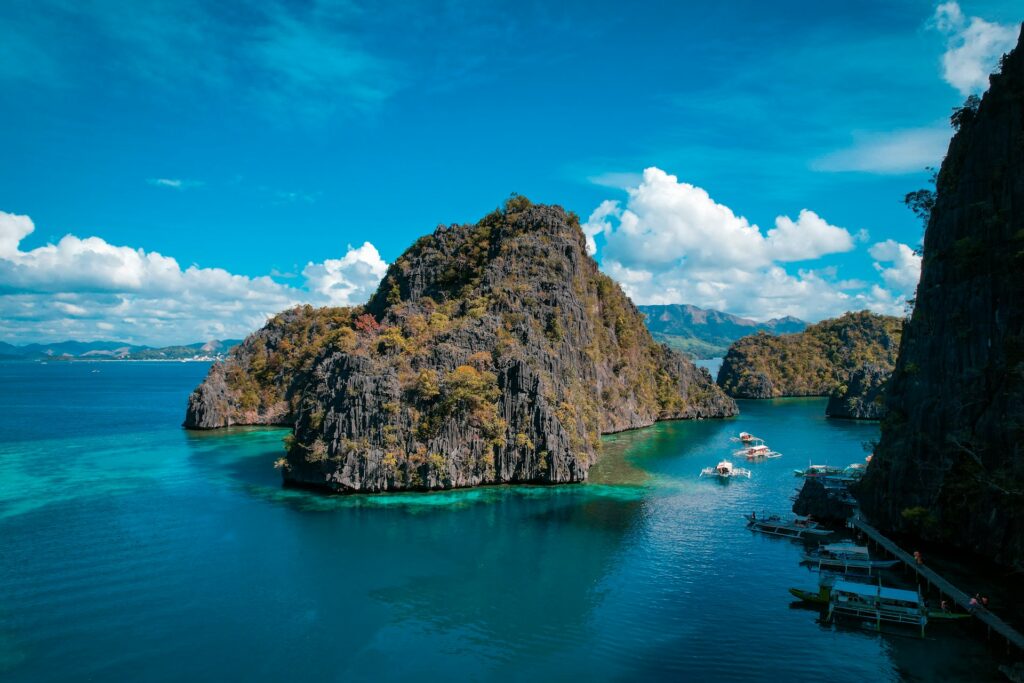
Tips for Visiting Museums in the Philippines
1. Check Opening Hours:
Many museums in the Philippines have varying operating hours, with some closed on specific days.
It’s always a good idea to check the museum’s website or social media pages for the latest information before planning your visit.
2. Purchase Tickets in Advance:
If possible, buy your tickets online to avoid long lines, especially at popular museums.
Some museums may offer discounts for online purchases or package deals for multiple attractions.
3. Visit During Off-Peak Hours:
To fully enjoy your museum experience, try to visit during off-peak hours, typically on weekdays or early in the morning.
This will allow you to explore exhibits without the crowds.
4. Take Advantage of Guided Tours:
Many museums offer guided tours that provide deeper insights into the exhibits.
Consider joining a tour for a more enriching experience, especially in historical or cultural museums.
5. Respect Museum Etiquette:
Be mindful of museum etiquette, such as not touching exhibits unless permitted, speaking softly, and avoiding flash photography.
This helps preserve the integrity of the displays and creates a more enjoyable atmosphere for all visitors.
6. Explore Nearby Attractions:
Many museums are located near other cultural or historical sites.
Plan your day to include nearby attractions, making the most of your visit to the area.
7. Check for Special Exhibitions:
Some museums host temporary exhibits that may require separate admission fees.
Keep an eye on special events or exhibitions that align with your interests for a unique experience.
8. Bring Essentials:
Depending on the museum’s layout, be prepared for walking.
Wear comfortable shoes and bring water, especially if you plan to spend several hours exploring.
Consider carrying a small backpack for your belongings.
9. Learn About Local Culture:
Take the time to read the descriptions and information provided in the exhibits.
Understanding the context and significance of the displays will enhance your appreciation of the artifacts and art.
10. Enjoy Museum Amenities:
Many museums have cafes or gift shops.
Take a break and enjoy a snack or a meal at the museum café, or pick up a souvenir to remember your visit.
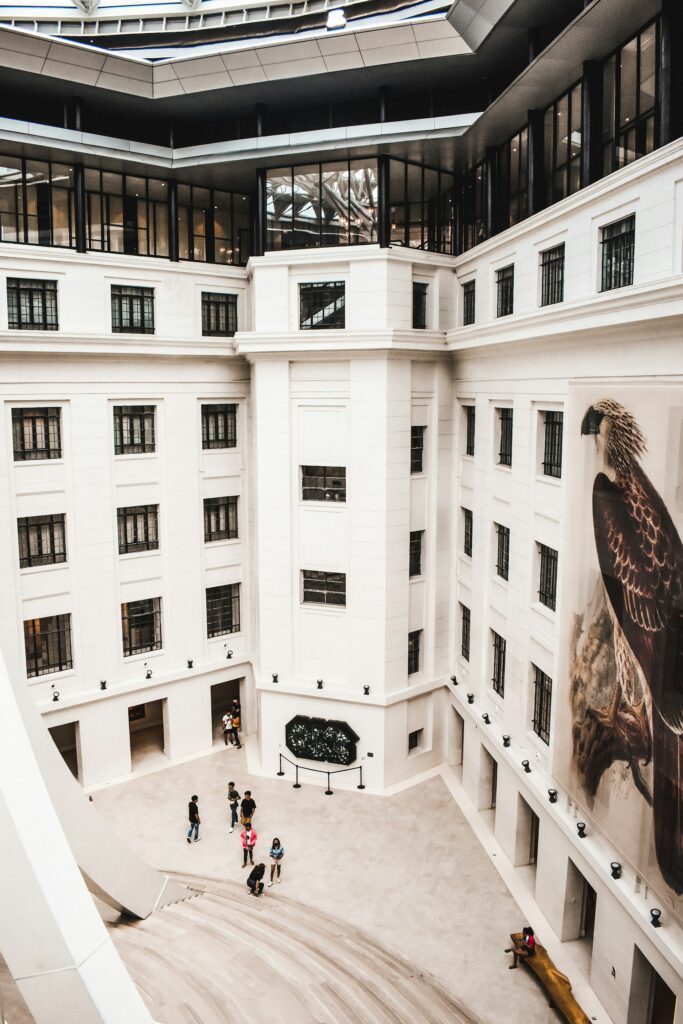
Exploring the museums in the Philippines offers a captivating journey through the country’s rich history, diverse culture, and vibrant art scene.
From the renowned National Museum of the Philippines in Manila to unique establishments like the Philippine Air Force Museum, each destination provides a distinct experience that enhances your understanding of Filipino heritage.
Whether you’re delving into ancient artifacts, contemporary art, or the unique stories of local communities, there’s something for every traveler to appreciate.
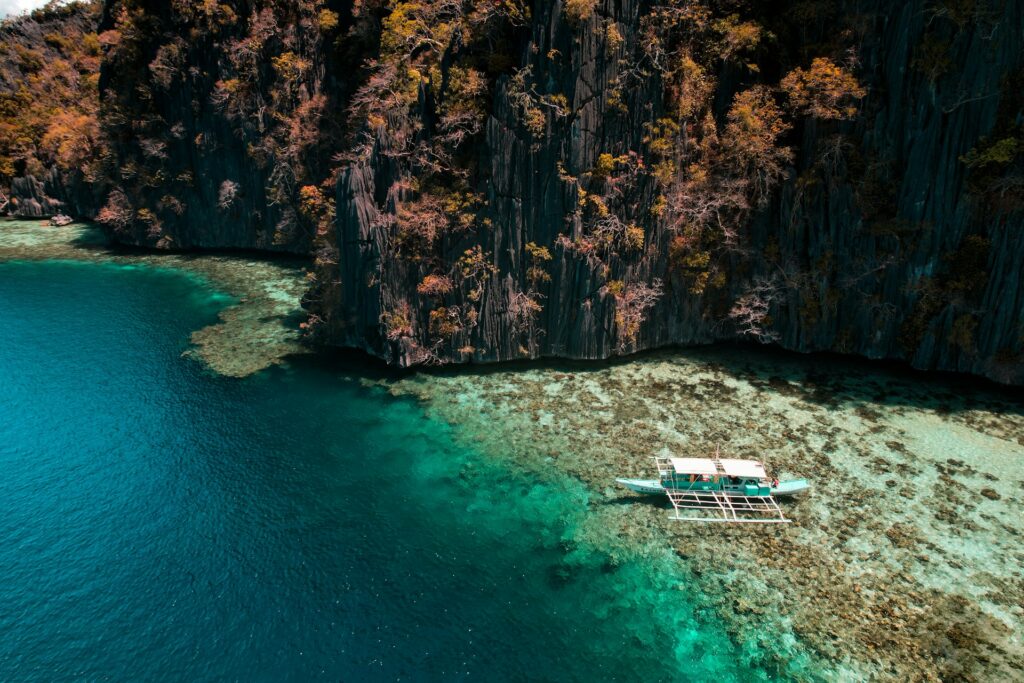
FAQ
What is the top one museum in the Philippines?
The National Museum of the Philippines, located in Manila, is considered the top museum in the country.
It houses an extensive collection of Filipino art, culture, and history, making it a must-visit for anyone looking to understand the Philippines’ rich heritage.
What are the three national museums in the Philippines?
The three national museums in the Philippines are:
1. National Museum of Fine Arts
2. National Museum of Anthropology
3. National Museum of Natural History
Are national museums free in the Philippines?
Yes, the national museums in the Philippines are generally free to enter.
This initiative encourages more visitors to explore and appreciate the country’s cultural heritage.
How much is the fee for the National Museum of the Philippines in 2024?
As of 2024, the entrance fee for the National Museum of the Philippines is free, as part of the initiative to promote access to the country’s cultural institutions.
What is the largest museum in the Philippines?
The largest museum in the Philippines is the National Museum of Natural History, which showcases the country’s biodiversity, including its flora, fauna, and geological features.
The museum features immersive exhibits that highlight the unique ecosystems found across the archipelago.
